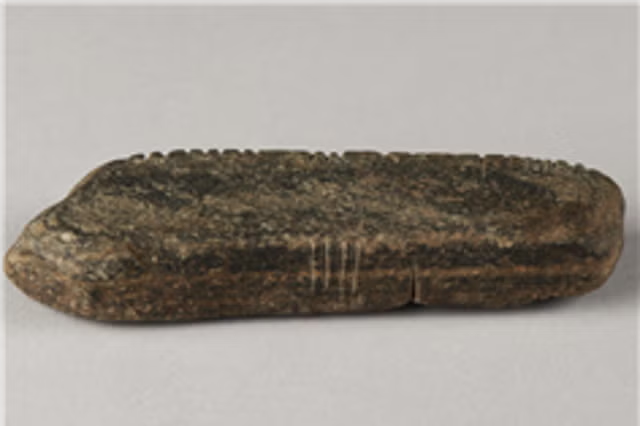A parasitic worm "shot-gunning" the brains of U.S. moose could be causing population decline, a new study found.
The worm, named Elaeophora schneideri, has been infesting the animals' brains and causing severe symptoms, the research said. The parasite can severely disrupt a moose's circulation system, leading to blindness, ear damage and often death.
Moose populations across some areas of North America have been declining in recent years. This can be attributed to various factors, including hunting and habitat decline. However, the new study indicates that the parasite may be contributing more than originally thought. The research, which was published in the Journal of Wildlife Diseases, was a collaborative project between Washington State University, the Idaho Fish and Game, and the University of Idaho.
The research focused on moose in Idaho, where the population is at an estimated 10,000 to 12,000, according to Idaho Fish and Game. To reach their findings, the researchers carried out necropsies on 61 deceased Shiras moose in the state between March 2020 and July 2022.
They discovered that while the worm was not found in northern Idaho moose, it was detected in 10 out of 20 moose from southeastern Idaho. Nine of them had microfilariae, the early life stage of the parasite, throughout their brains, the authors reported. The moose's major arteries were also riddled with adult parasites. Three out of the 10 infected moose also had ear damage, while four exhibited abnormal behavior before their deaths.
"The microfilaria are just scattered throughout their brains, and even though the damage from each is miniscule, they're basically shot-gunning the whole brain," Kyle Taylor, a pathologist at Washington State University's Animal Disease Diagnostics Laboratory said in a statement. "We hypothesize the cumulative effects of large numbers of microfilariae in the brain may be associated with increased morbidity or chance of mortality, with mortality more likely in cases with larger numbers of worms."
Researchers believe the parasite was found only in southeastern Idaho because of its closeness to Wyoming and Montana, where it is also widespread.
"We really need to have an understanding of all the issues related to moose population decline, and this parasite appears to be a factor," Taylor added.
The parasite is mainly passed onto moose through tabanid flies. Fully grown, the parasite can be longer than 4 inches. Once the parasites are in an animal's main arteries, most commonly those in the head and neck, they release microfilariae that make their way into the bloodstream.
The researchers hypothesize that the parasites ultimately cause brain damage, which leads to health issues. The damage can cause death on its own, but it also makes animals more vulnerable to death by predators.
Although these parasites can have a negative effect on moose, there are some species that show no signs of infection. Mule deer and black-tailed deer, for example, are natural hosts, meaning they are not badly affected.
More research needs to be done to determine the effects of this parasite on moose, as there are no tests that can determine whether a live moose is infected. This new research, however, is a step further in understanding the factors behind moose population decline.
Do you have a tip on a science story that Newsweek should be covering? Do you have a question about moose? Let us know via science@newsweek.com.
Disclaimer: The copyright of this article belongs to the original author. Reposting this article is solely for the purpose of information dissemination and does not constitute any investment advice. If there is any infringement, please contact us immediately. We will make corrections or deletions as necessary. Thank you.



